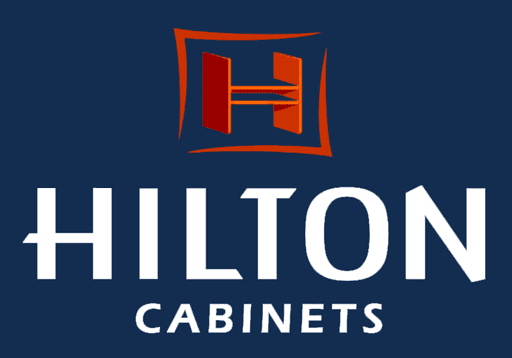Cleaning and Care
You have made an excellent choice by selecting Hilton Cabinets cabinetry. To ensure the beauty and function of your new cabinets and accessories, we are providing this guide to help you care for them properly.
WOOD DOORS, PANELS AND MOLDINGS
Dust cabinets frequently with a soft, lint-free cloth. You can dampen the cloth slightly with water or a spray-type dust remover. Clean up spills immediately. Use a clean damp cloth if necessary. Wipe dry with another clean soft cloth. Cloth is better than paper towels for this purpose.
For maintenance cleaning of your cabinetry, there are a number of products available for your wood cleaning needs, typically promoted as furniture care products. We suggest using a mild soap with a damp cloth to remove any grease build up from cabinets. Any product used should be applied and then quickly and completely removed with a damp cloth. Excess moisture can be damaging to any fine wood finish, so be sure to dry thoroughly after any cleaning. In addition, do not drape wet or damp cloths over the edge of doors.
Don’t ever use detergents, soap pads, steel wool or any other type of abrasive pad on your cabinetry. These products will mar the wood finish. We also suggest not using citrus oils, paste wax or polishes that contain silicone because they leave a residue that is sometimes difficult to remove and attracts dust. Finally, do not use solvents such as ammonia, bleach, acetone, lacquer thinner or cleaners such as goof-off or WD40, all of which may damage or dissolve some or all of the finish.
THERMOFOIL DOORS
Thermofoil (PVC) doors can be wiped with a damp cloth. Tough stains may be cleaned using a soft cloth dampened with a mild soap or cleanser and fine soft scrub pads can be used without risk of damage.
GLASS DOORS
Clean cabinet windows carefully. Do not spray glass cleaner directly onto glass. Some glass cleaners can damage wood finishes and the protective finishes on many brass handles or other hardware. Instead, spray a small amount of cleaner onto a lint-free cloth or paper towel, then wipe the glass.
LAMINATE INTERIORS
You can clean all laminate exterior and interior surfaces of the door by using a damp, soft cloth. Do not use excessive amounts of water; it will seep into the seams of the cabinet. To further protect shelves, cabinet bottoms or drawer bottoms from wear, use commonly available shelf liner products. Sink base cabinets are the most likely cabinet to have water damage and can usually be protected with a plastic liner or pan.
PREVENTING HEAT or HUMIDITY DAMAGE
Various cooking ovens, ranges, cook tops, cooking pots, toasters and other small appliances produce a lot of heat or humidity. It is very important to make sure these products are positioned so rising heat is not trapped or confined, otherwise, you risk damage to cabinets or moldings that is not covered under the warranty. In addition, if higher temperature settings are used for extended periods of time, the radiant heat may be exceptional and the doors and drawer fronts should be shielded or removed. This is particularly important on thermofoil doors, which cannot be exposed to extended temperatures beyond 160 degrees without risking permanent damage.
SUNLIGHT AND AGING
Over time, exposure to sunlight, smoke and chemicals may cause some materials to fade or vary from their original color. Cabinets or accessories added at a later date may not match cabinets previously installed. For the same reason, door samples of displays may not represent the exact color of cabinets received at the time of shipment.
